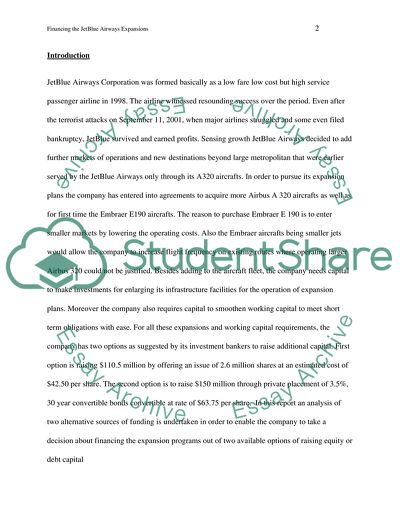Cite this document
(Financing the JetBlue Airways Expansions Research Paper, n.d.)
Financing the JetBlue Airways Expansions Research Paper. Retrieved from https://studentshare.org/finance-accounting/1720457-finance
Financing the JetBlue Airways Expansions Research Paper. Retrieved from https://studentshare.org/finance-accounting/1720457-finance
(Financing the JetBlue Airways Expansions Research Paper)
Financing the JetBlue Airways Expansions Research Paper. https://studentshare.org/finance-accounting/1720457-finance.
Financing the JetBlue Airways Expansions Research Paper. https://studentshare.org/finance-accounting/1720457-finance.
“Financing the JetBlue Airways Expansions Research Paper”, n.d. https://studentshare.org/finance-accounting/1720457-finance.


